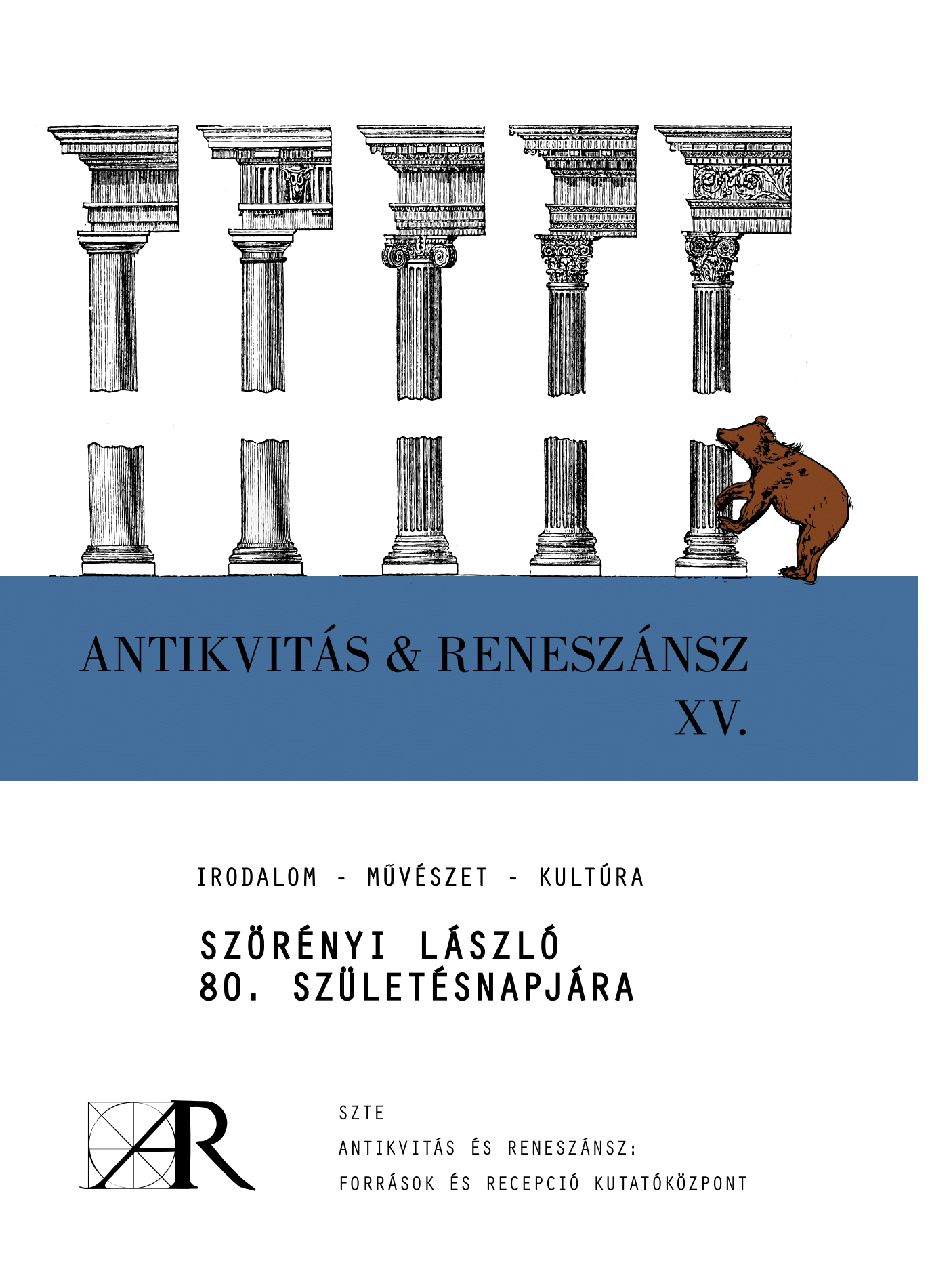The Hymnological Language of Polemics: Albert Szenci Molnár’s Reinterpretation of the Hymn Juste Judex, Jesu Christe
Main Article Content
Abstract
Albert Szenci Molnár's work Jubileus Esztendei Prédikáció was written for the centenary of the Reformation and is a strongly polemical work (Oppenheim, 1618). It ends with the Latin hymn Judex, Jesu Christe and was accompanied by sheet music. Four Hungarian versions of it are known in Hungarian codex literature. The hymn Iuste Iudex was known in the Protestant musical poetry of the 16th century, and its melody is referenced in printed hymnals. Its first adaptation, made by Balázs Radán, was published in 1560 in Debrecen, together with sheet music. The hymn has a strong anti-Catholic and anti-papal tone and is included in the most important Protestant hymnals (Gál Huszár, Péter Bornemisza, Imre Újfalvi). Szenci Molnár became acquainted with this hymn, its melody, and Hungarian text during his studies in Hungary. The hymn, adapted by Szenci Molnár, was originally written in Latin by the French monk Berengar of Tours. Berengar, with his heretical belief that communion is merely symbolic of Christ’s body and blood, rejected transubstantiation. He was persecuted, imprisoned, excommunicated, and ultimately forced to recant his doctrines. In Hussitism and Protestantism, he has been regarded as a forerunner of the reformers, and he was also referred to as such in Hungary. Szenci Molnár's Latin adaptation of the hymn, written for the centenary of the Reformation, reflects on the background of the Reformation and presents the Hungarian perspective.
